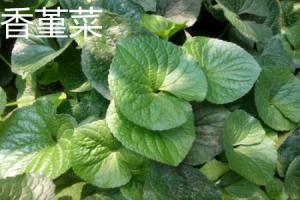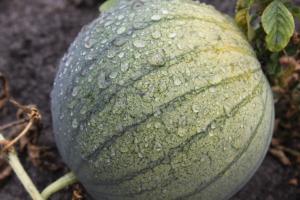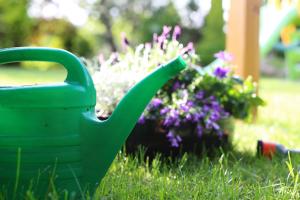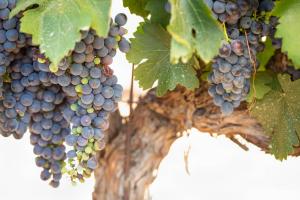1、 How to perform auxiliary trimming
1. Pruning in growth period: prune damaged and diseased branches during growth period, and leave healthy branches to save nutrients and promote more vigorous growth. When sprouting in spring, the buds that are too dense should be trimmed, and the tiller buds that affect the tree potential should be cut off. In addition, after flowering, the branches should be cut short to promote the germination of new branches and make the tree more plump
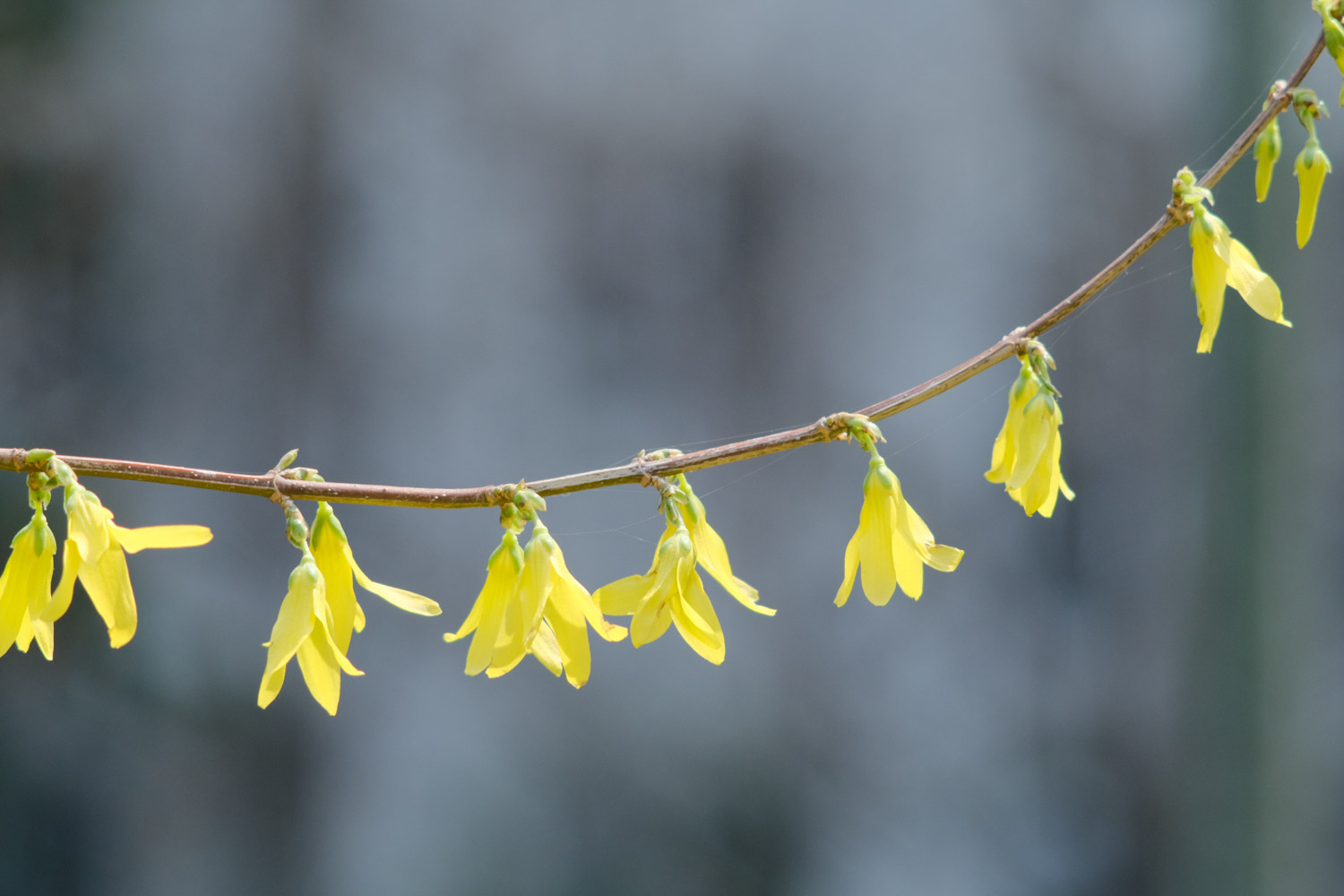
2. Dormancy pruning: the dormancy period is after autumn and winter leaves fall. At this time, pruning must be carried out. Cut off the dead, sick, crazy and weak branches, and cut the strong branches short. The part with new buds can be left. Generally, three or five buds are left on each branch. If the plant has been pruned for many years, it will shrink back

2、 How to improve fruit setting
To improve the fruit setting rate of Forsythia suspensa, we should pay attention to two aspects. One is to promote cross pollination. If it is self pollination, the fruit setting rate is usually only 4%, and the fruit setting rate of cross pollination is higher. When planting, it is suggested to separate the plants with long style and short style for cultivation to promote cross pollination. Second, pruning should be carried out in time, especially cutting off some bare branches and sick and weak branches in time, so as to reduce nutrient consumption and make nutrients more concentrated, which can also improve its fruit setting rate
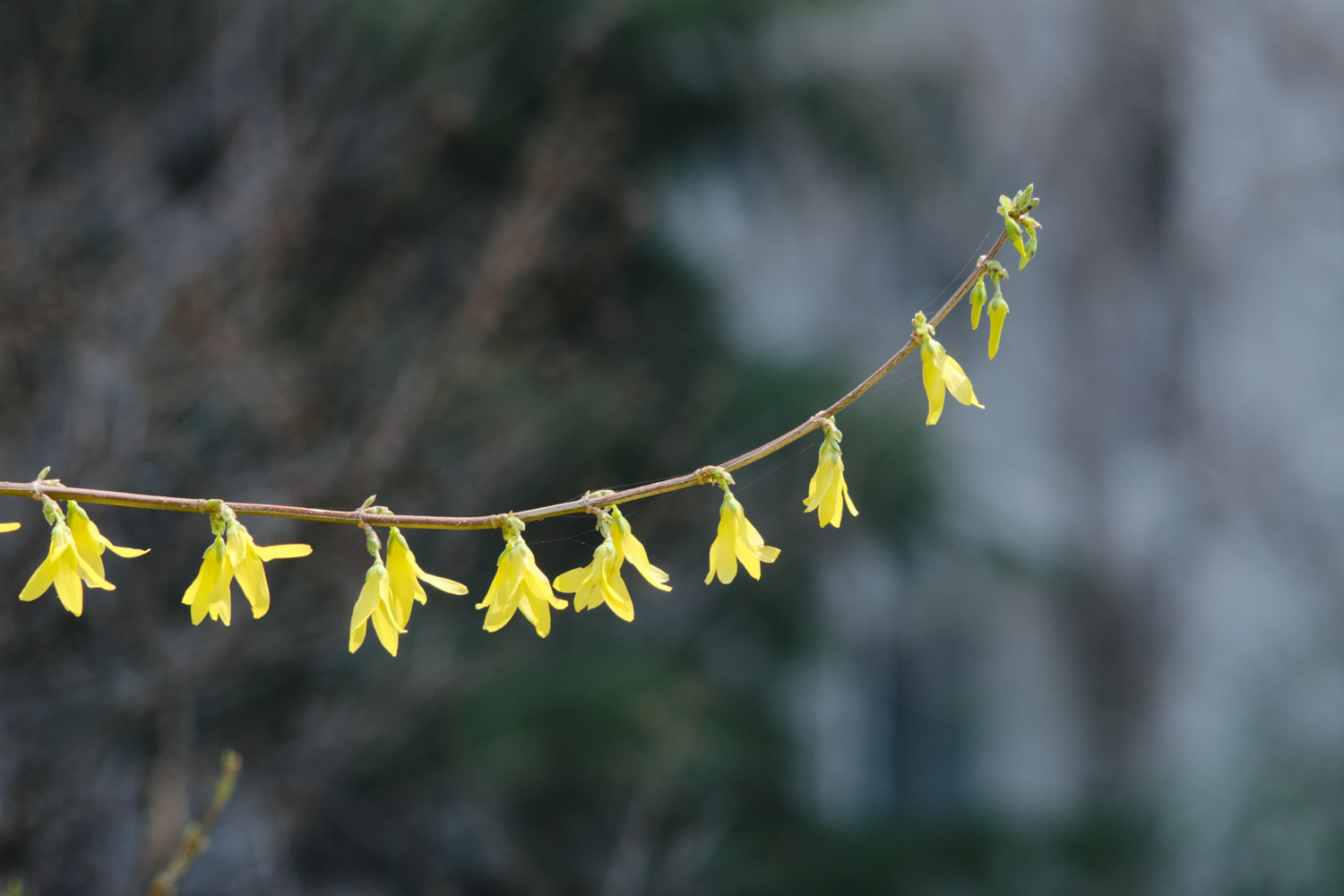

 how many times do yo...
how many times do yo... how many planted tre...
how many planted tre... how many pine trees ...
how many pine trees ... how many pecan trees...
how many pecan trees... how many plants comp...
how many plants comp... how many plants can ...
how many plants can ... how many plants and ...
how many plants and ... how many pepper plan...
how many pepper plan...